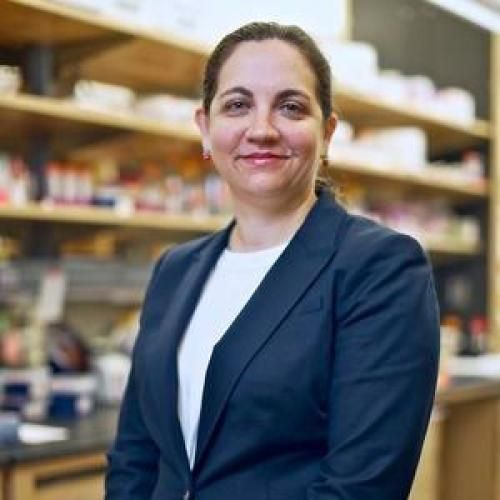Human Umbilical Tissue-Derived Cells Promote Synapse Formation and Neurite Outgrowth via Thrombospondin Family Proteins.
UNLABELLED: Cell therapy demonstrates great potential for the treatment of neurological disorders. Human umbilical tissue-derived cells (hUTCs) were previously shown to have protective and regenerative effects in animal models of stroke and retinal degeneration, but the underlying therapeutic mechanisms are unknown. Because synaptic dysfunction, synapse loss, degeneration of neuronal processes, and neuronal death are hallmarks of neurological diseases and retinal degenerations, we tested whether hUTCs contribute to tissue repair and regeneration by stimulating synapse formation, neurite outgrowth, and neuronal survival. To do so, we used a purified rat retinal ganglion cell culture system and found that hUTCs secrete factors that strongly promote excitatory synaptic connectivity and enhance neuronal survival. Additionally, we demonstrated that hUTCs support neurite outgrowth under normal culture conditions and in the presence of the growth-inhibitory proteins chondroitin sulfate proteoglycan, myelin basic protein, or Nogo-A (reticulon 4). Furthermore, through biochemical fractionation and pharmacology, we identified the major hUTC-secreted synaptogenic factors as the thrombospondin family proteins (TSPs), TSP1, TSP2, and TSP4. Silencing TSP expression in hUTCs, using small RNA interference, eliminated both the synaptogenic function of these cells and their ability to promote neurite outgrowth. However, the majority of the prosurvival functions of hUTC-conditioned media was spared after TSP knockdown, indicating that hUTCs secrete additional neurotrophic factors. Together, our findings demonstrate that hUTCs affect multiple aspects of neuronal health and connectivity through secreted factors, and each of these paracrine effects may individually contribute to the therapeutic function of these cells. SIGNIFICANCE STATEMENT: Human umbilical tissue-derived cells (hUTC) are currently under clinical investigation for the treatment of geographic atrophy secondary to age-related macular degeneration. These cells show great promise for the treatment of neurological disorders; however, the therapeutic effects of these cells on CNS neurons are not fully understood. Here we provide compelling evidence that hUTCs secrete multiple factors that work synergistically to enhance synapse formation and function, and support neuronal growth and survival. Moreover, we identified thrombospondins (TSPs) as the hUTC-secreted factors that mediate the synaptogenic and growth-promoting functions of these cells. Our findings highlight novel paracrine effects of hUTC on CNS neuron health and connectivity and begin to unravel potential therapeutic mechanisms by which these cells elicit their effects.
Duke Scholars
Altmetric Attention Stats
Dimensions Citation Stats
Published In
DOI
EISSN
Publication Date
Volume
Issue
Start / End Page
Location
Related Subject Headings
- Umbilical Cord
- Thrombospondins
- Synapses
- Rats, Sprague-Dawley
- Rats
- Neurology & Neurosurgery
- Neurogenesis
- Neurites
- Male
- Humans
Citation
Published In
DOI
EISSN
Publication Date
Volume
Issue
Start / End Page
Location
Related Subject Headings
- Umbilical Cord
- Thrombospondins
- Synapses
- Rats, Sprague-Dawley
- Rats
- Neurology & Neurosurgery
- Neurogenesis
- Neurites
- Male
- Humans


